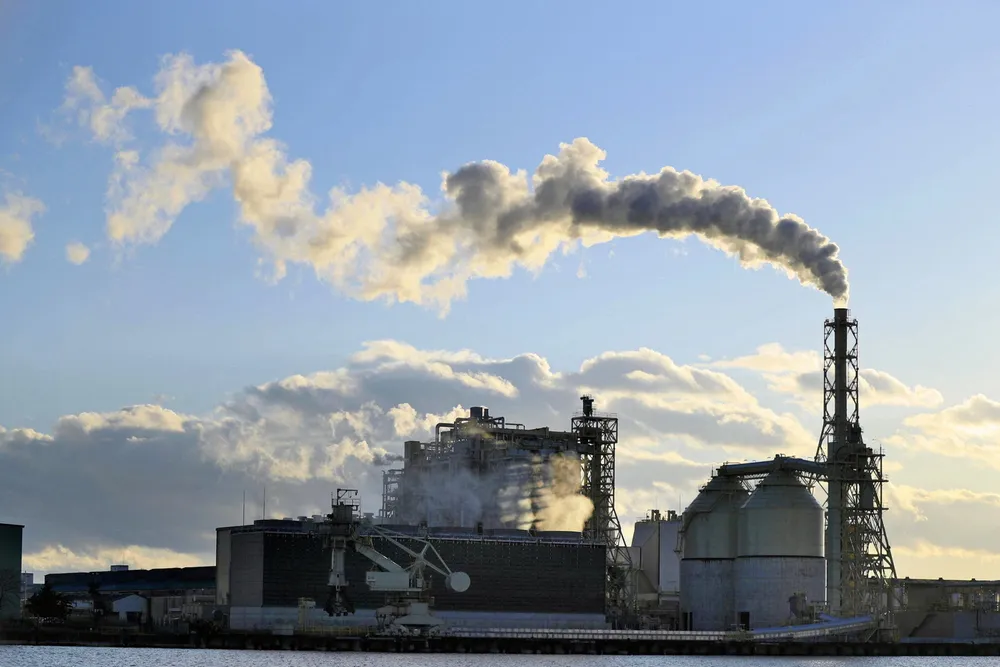Expensive and very dirty | BNEF slams Japan’s plans to burn hydrogen-derived ammonia with coal for power production
Analysts find that 50% co-fire ratio produces more CO2 than a fossil gas plant — and at a higher cost than renewable energy

Analysts find that 50% co-fire ratio produces more CO2 than a fossil gas plant — and at a higher cost than renewable energy
